Asheville’s rich musical heritage comes alive through the city’s captivating Music History Walking Tour. Visitors can explore key locations, seeing engaging narratives about the vibrant jazz and rhythm and blues scene that once thrived here. From the historic Lexington Avenue to the iconic Moogseum, this small-group experience provides an opportunity to uncover the evolution of electronic music and the lasting impact of institutions like Black Mountain College. As the tour culminates at Citizen Vinyl, participants gain a deeper appreciation for Asheville’s enduring cultural landscape. With a perfect 5.0 rating, this accessible tour promises an enlightening journey through the city’s musical past.
Key Points
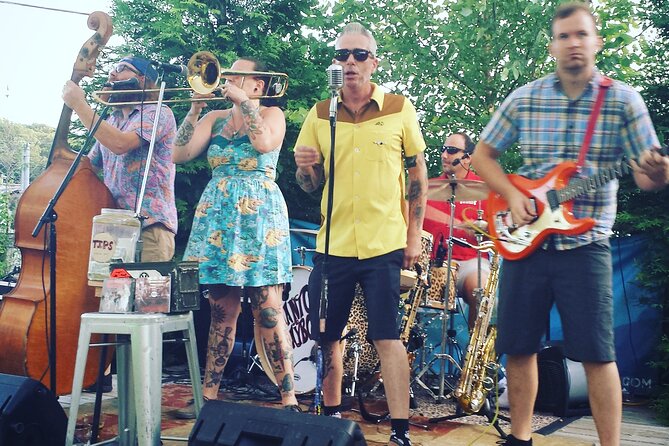
- The Asheville Music History Walking Tour explores the city’s rich musical legacy, focusing on Lexington Avenue, The Block, and the Moogseum.
- The tour highlights Asheville’s African-American community’s historical significance as a hub for influential jazz clubs and rhythm and blues venues.
- Participants can discover the cultural impact of Black Mountain College, a progressive arts institution that shaped Asheville’s creative landscape.
- The tour visits legendary music venues, like The Orange Peel and Altamont Theatre, that continue to foster Asheville’s vibrant music scene.
- The tour ends at Citizen Vinyl, a celebration of Asheville’s musical heritage, featuring a vinyl record store and an on-site recording studio.
Tour Overview
The Asheville Music History Walking Tour offers a captivating exploration of the city’s rich musical legacy. Rated 5.0 with one review, this small-group tour guides visitors through downtown Asheville, delving into the history of the area’s musicians, bands, sound innovations, and notable events.
It’s an ideal experience for fans of music, culture, and history, providing an immersive journey through Asheville’s vibrant musical past. The tour focuses on key locations, including the Lexington Avenue, The Block, and the Moogseum, offering a comprehensive look at the city’s musical heritage.
With a moderate physical fitness level required, the tour is wheelchair and stroller accessible, making it accessible to a wide range of travelers.
If you're enjoying exploring Asheville on foot, you'll love these other walking tours we recommend
Exploring Lexington Avenue
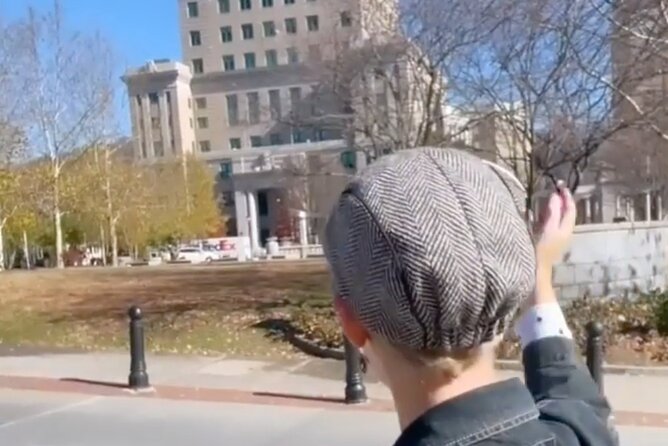
Lexington Avenue serves as a captivating starting point for the Asheville Music History Walking Tour.
This vibrant street is steeped in the city’s rich musical legacy, having once been the heart of Asheville’s thriving African-American community. Visitors will learn about the influential jazz clubs and rhythm and blues venues that once dotted the avenue, fostering the careers of renowned musicians.
The tour guides share fascinating tales of the area’s musical heyday, transporting attendees back in time. Along Lexington, the group will explore the historic sites that witnessed Asheville’s transformation into a hub of musical innovation and cultural expression.
Discovering The Block
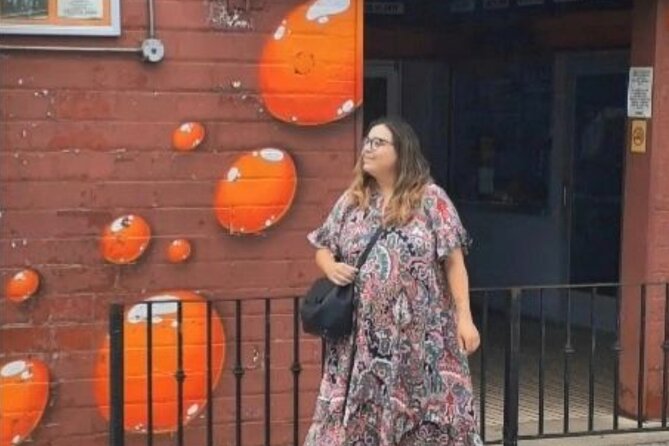
From Lexington Avenue, the tour transitions to The Block, a historically significant district that once served as the epicenter of Asheville’s African-American cultural and commercial hub.
The tour explores:
-
The architectural beauty of the buildings, which have been meticulously restored to their original splendor.
-
The vibrant jazz clubs and juke joints that once hosted legendary performers, such as Duke Ellington and Cab Calloway.
-
The entrepreneurial spirit of the early 20th century, with thriving Black-owned businesses that catered to the community’s needs.
Visitors gain a deeper understanding of Asheville’s rich musical heritage and the resilience of its African-American community.
Inside the Moogseum
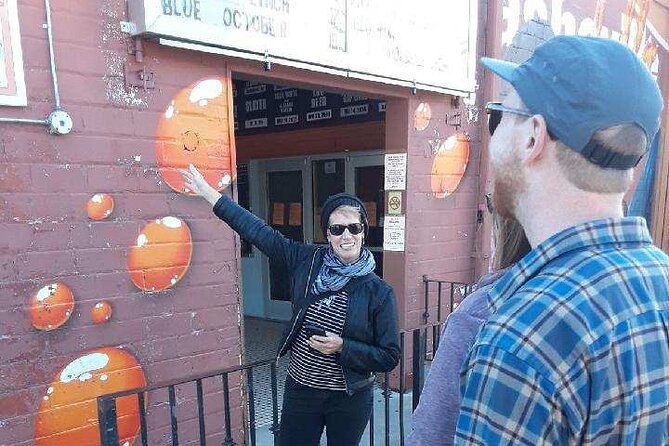
Stepping into the Moogseum, visitors embark on a captivating journey through the evolution of electronic music.
This interactive museum, located in the heart of Asheville, pays homage to the legacy of Bob Moog, the pioneering engineer who revolutionized the music industry with his groundbreaking synthesizers.
Guests can explore Moog’s innovative designs, learn about the science behind sound synthesis, and even try their hand at creating electronic melodies on vintage instruments.
Interactive exhibits and multimedia displays immerse visitors in the rich history and cultural impact of electronic music, offering a truly engaging and educational experience for music enthusiasts of all ages.
Black Mountain College’s Impact
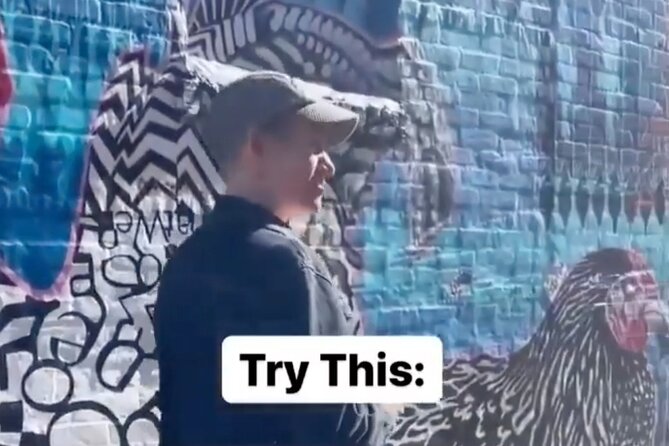
The Asheville Music History Walking Tour next explores the profound impact of Black Mountain College, a progressive arts institution that played a pivotal role in shaping the region’s cultural landscape.
The college, which operated from 1933 to 1957, attracted renowned faculty and students, including musicians, visual artists, and avant-garde thinkers, who left an indelible mark on Asheville’s creative scene.
Key contributions of Black Mountain College include:
-
Fostering experimental music and sound art, with faculty like John Cage and Merce Cunningham pushing the boundaries of composition and performance.
-
Nurturing the careers of influential visual artists, such as Willem de Kooning and Robert Rauschenberg, who challenged traditional forms.
-
Inspiring a generation of creatives who went on to shape Asheville’s vibrant arts and music communities in the decades that followed.
Fascinated by Asheville's past? More historical tours we've covered
Legendary Music Venues
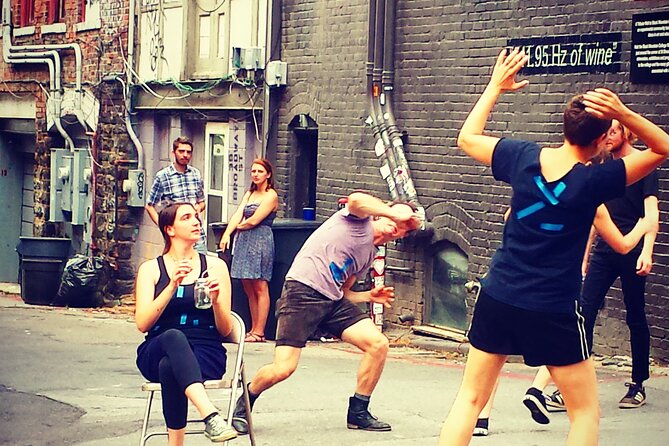
Legendary music venues have long played a pivotal role in shaping Asheville’s vibrant musical landscape. From intimate clubs to historic theaters, these storied stages have hosted a parade of renowned artists and fostered the city’s reputation as a hub for live music.
Venues like The Orange Peel, one of Asheville’s most iconic music halls, have welcomed celebrated acts spanning genres, captivating audiences with electrifying performances. Similarly, the Altamont Theatre, a century-old gem, continues to showcase the talents of both local and touring musicians, preserving Asheville’s legacy as a bastion of musical innovation and creativity.
These legendary venues aren’t merely backdrops but integral threads in the tapestry of the city’s rich musical heritage.
Ending at Citizen Vinyl
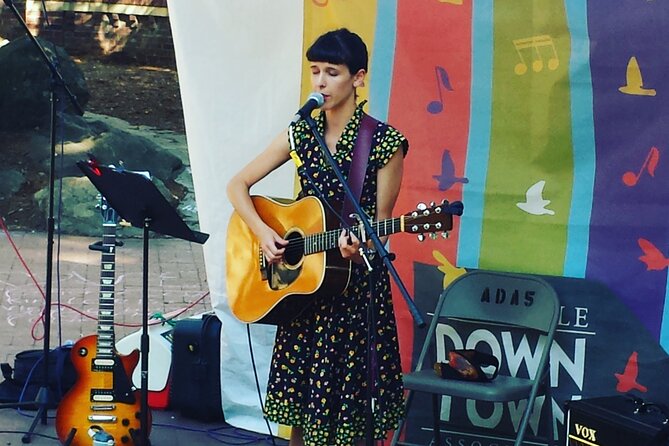
As the Asheville Music History Walking Tour winds down, it culminates at Citizen Vinyl, a unique hub that celebrates the city’s musical legacy. This record store and performance venue provides visitors a fitting finale to their journey through Asheville’s rich music history.
Highlights include:
- Browsing the extensive vinyl selection, curated to showcase local and regional artists.
- Exploring the on-site recording studio, where aspiring musicians can capture their sound.
- Attending live performances that continue Asheville’s tradition of nurturing musical talent and innovation.
Ending the tour at Citizen Vinyl allows participants to enjoy the vibrant, ever-evolving music scene that has long defined the character of this dynamic city.
Tour Accessibility and Booking
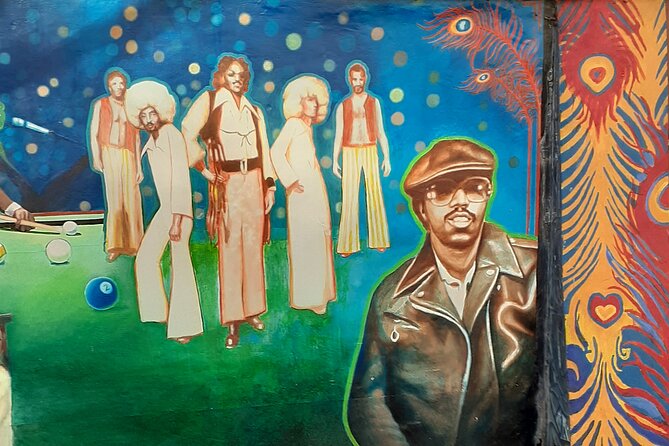
For the Asheville Music History Walking Tour, the experience is wheelchair and stroller accessible, with service animals allowed.
The tour’s moderate physical fitness level requirement makes it suitable for most travelers, though it’s not recommended for those with serious medical conditions.
Tours are limited to a maximum of 12 participants, providing an intimate and personalized experience.
Pricing is $200 per group (up to 12 people), and customers can take advantage of the free cancellation option up to 24 hours before the tour.
Confirmation is received upon booking, and the "reserve now, pay later" option is available, offering flexibility for travelers.
Frequently Asked Questions
What Are the Public Transportation Options Near the Tour?
The tour is located near public transportation, making it accessible for travelers. The meeting point at Harrah’s Cherokee Center and end point at Citizen Vinyl are both situated close to bus stops and other transit options in downtown Asheville.
Can I Bring My Own Food and Drinks on the Tour?
Food and drinks are generally allowed on the tour. However, participants are encouraged to check with the tour operator for any specific policies or restrictions before bringing their own refreshments. Some tour companies may have rules against consuming food or beverages during the experience.
How Much Time Is Allotted for Each Stop on the Tour?
The tour typically spends about 20-30 minutes at each stop, allowing enough time to explore the sites and learn about their musical significance. The exact time at each location may vary depending on the group’s pace and interests.
Is Photography Allowed During the Tour?
Photography is generally allowed during the tour. Participants are encouraged to capture the sights and sounds of the experience, though tour guides may provide guidance on appropriate times and locations for taking photos.
Can I Join the Tour if I Arrive Late at the Meeting Point?
Guests who arrive late to the meeting point may still be able to join the tour, but it’s best to check with the tour operator. Late arrivals may miss important introductory information or be unable to catch up with the group.
Recap
The Asheville Music History Walking Tour provides an engaging and informative exploration of the city’s rich musical legacy. Visiting key locations like Lexington Avenue, The Block, and the Moogseum, participants gain a deeper appreciation for Asheville’s vibrant jazz, rhythm and blues, and electronic music scenes. The tour culminates at Citizen Vinyl, celebrating local artists and the area’s thriving cultural landscape. Accessible to all, this highly-rated small-group experience is a must for music enthusiasts exploring Asheville.
More Walking Tours in Asheville
- Downtown Asheville Walking Team Scavenger Hunt
- Ashevilles Famous Ghosts Smart Phone GPS APP Solo Walking Tour
- From Grove Arcade to Pack Square: Asheville Walking Tour
- Unique Sites of Asheville Walking Tour for Couples
- Asheville Scavenger Hunt Walking Tour and Game
- Asheville Terrors: Blue Ridge Haunted Walking Tour
More Tours in Asheville
- Blue Ridge Parkway South Audio Driving Tour
- Guided Asheville E-bike Tour of River Arts, Mountains and Murals
- Half Day Waterfall Hiking Tour Review
- Carolina Waterfalls and Highlands Private VIP Boutique Tour
- Downtown Asheville & Biltmore Village: Private Full-Day Tour
- Kayak Fishing Guides and Scenic Paddle Tours
More Tour Reviews in Asheville
Not for you? Here's more things to do in Asheville we have recnetly reviewed
- 5 Best Helicopter Flights And Tours In Asheville
- Best Lunch Experiences In Asheville
- 2 Best Coffee Tours And Tastings In Asheville
- 6 Best Photography Experiences In Asheville
- Explore the Blue Ridge Mountains: Private Day Trip From Asheville
- Premier Walking Guided Brewery Tour Through Downtown Asheville
- Asheville Private Waterfall Yoga Hike: Find Your Zen in Nature
- Grandfather Mountain Private Wine & Dine Tour From Asheville
- Private Child-Focused Blue Ridge Mountains Tour
- Three Vineyards Half Day Private Wine Tour Review
- Premier Mobile Guided Brewery Tour Around Asheville
- E-Bike Rental Self Guided Experience Review
